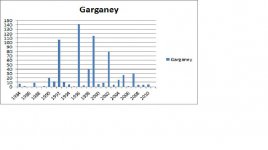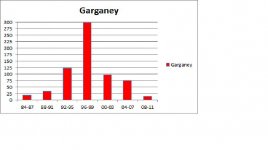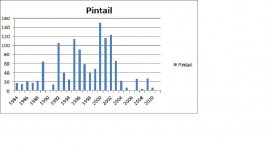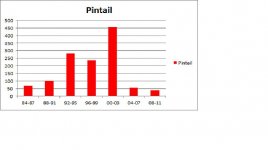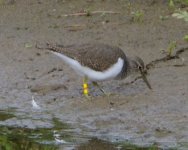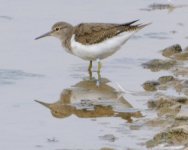Phil Andrews
It's only Rock and Roller but I like it

Just a quick post with a few shots taken yesterday and today. Yesterday a shot of a Scraggy looking White-Letter Hairsteak taken by river Salworpe. Today Kingfisher and Juvinile Water Rail taken from Water Rail hide this afternoon. Juv Water Rail now flying and seems to be getting colour on beak.
Simon P
:news:
Hi Simon - which hide was the Water Rail photo taken from?
Phil





